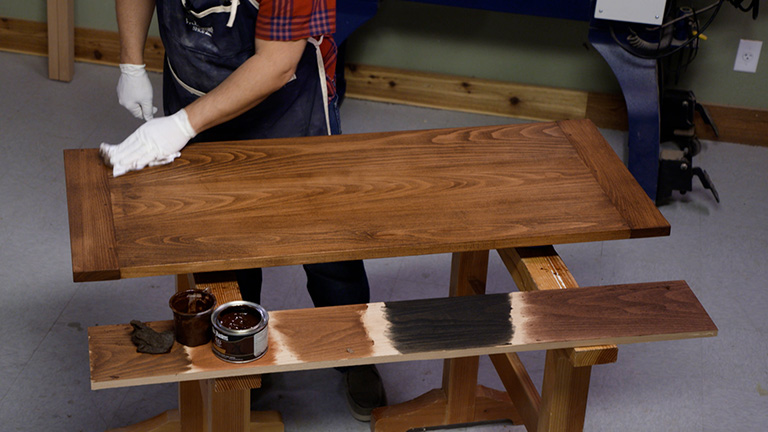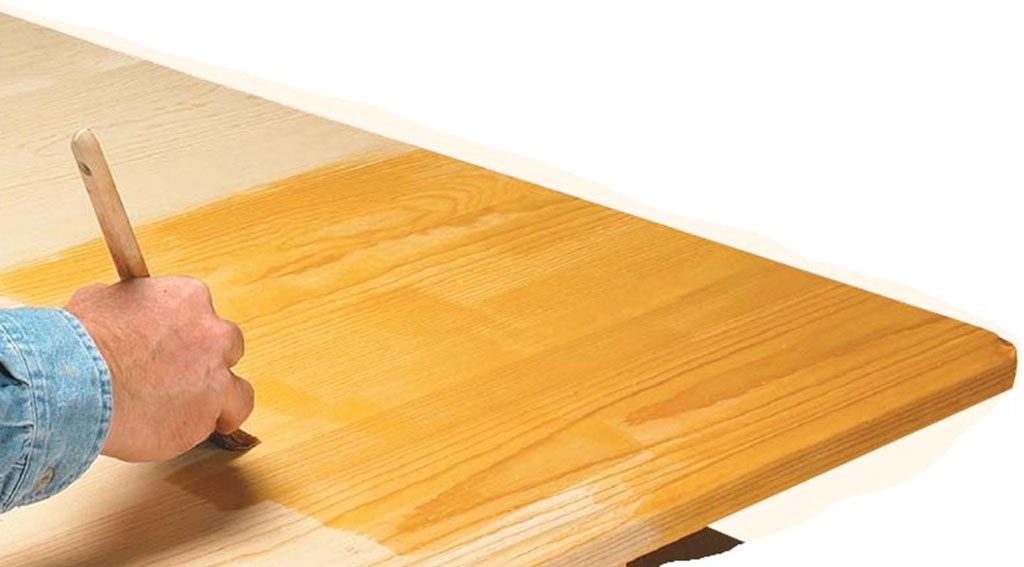Sanding is a task that’s all too easy to rush through. Maybe it’s because sandpaper seems like such a basic “tool.” Or the task can sometimes feel tedious. However, a good sanding can really bring out the best look in any project. The key to sanding a project efficiently by hand is having the right sandpaper and sanding supplies close by. Over the years, I’ve put together a kit of essential tools and accessories that easily handles most of my hand sanding jobs.

I like to purchase rolls of self-adhesive sandpaper for hand sanding. The adhesive backing makes it easy to apply the sandpaper to a sanding pad. You can even attach long strips to your table saw to act as a large surface sander for flattening boxes, drawers, and other small parts. I also like that I can tear off just as much as I need for the task at hand. So there’s less waste. As for the grits, my kit only includes four. The first is 100-grit. This coarse grit is what I turn to for shaping wood. With just a few strokes, it’s easy to create a quick chamfer, roundover, or remove blade marks. The next grade is 120- grit. It strikes a “just-right” balance between removing material quickly and leaving a smooth surface behind. One common task that I use this grit for is leveling hardwood edging with a plywood panel. After any major shaping or heavy material removal, the goal is to smooth the wood and get it ready for finishing. That’s where the remaining two grits come in. The first is 150-grit paper. It cleans up the marks left by the coarser grits. Plus, it allows the grain of the wood to really stand out. If the project is going to get a stain or a film finish, I stop after using 150-grit. For projects that get an oil finish or for sanding end grain, I turn to 180-grit paper. This way the appearance of the face grain and end grain will match.

Sandpaper is the main tool for getting a smooth surface. But for the best results, you need to back it up with some kind of support.
The tool I reach for most often is a cork block. The relatively soft cork provides a cushion that helps extend the life of the sandpaper.
If a part needs crisp, square edges, I use a hardwood sanding block. The face won’t deform and you can sand right to the edge without worry.
By applying sandpaper to just the narrow edges, you can smooth a rabbet or fine-tune the fit of a tenon.

One sanding challenge is getting into tight places. For example, sanding the inside corner of a frame and panel door. In this situation my sanding “block” of choice is a putty knife. You can flex the long thin blade to get right where you need to sand.

Not all the sanding I do is on fl at surfaces or edges. To handle curves and profiles, I keep an assortment of dowels on hand. You can use them to smooth routed profiles. Simply wrap sandpaper around a matching diameter dowel. Or you can attach a piece of sandpaper to one end of a dowel and use it like a file to sand curves. Sanding shouldn’t be an afterthought. With the tools you’ve gathered in this essential kit, you can quickly create profiles and flat, smooth surfaces.













